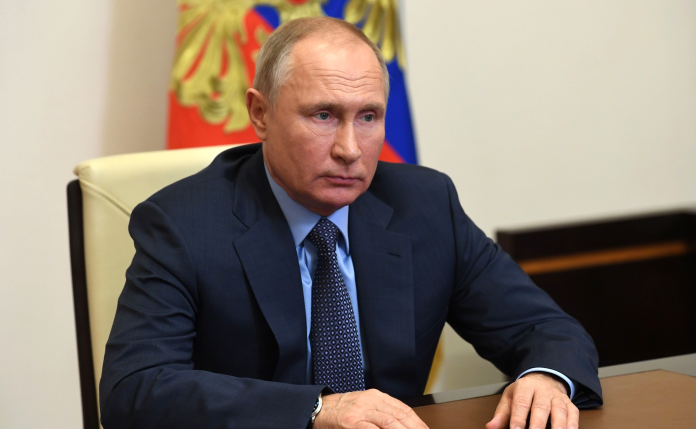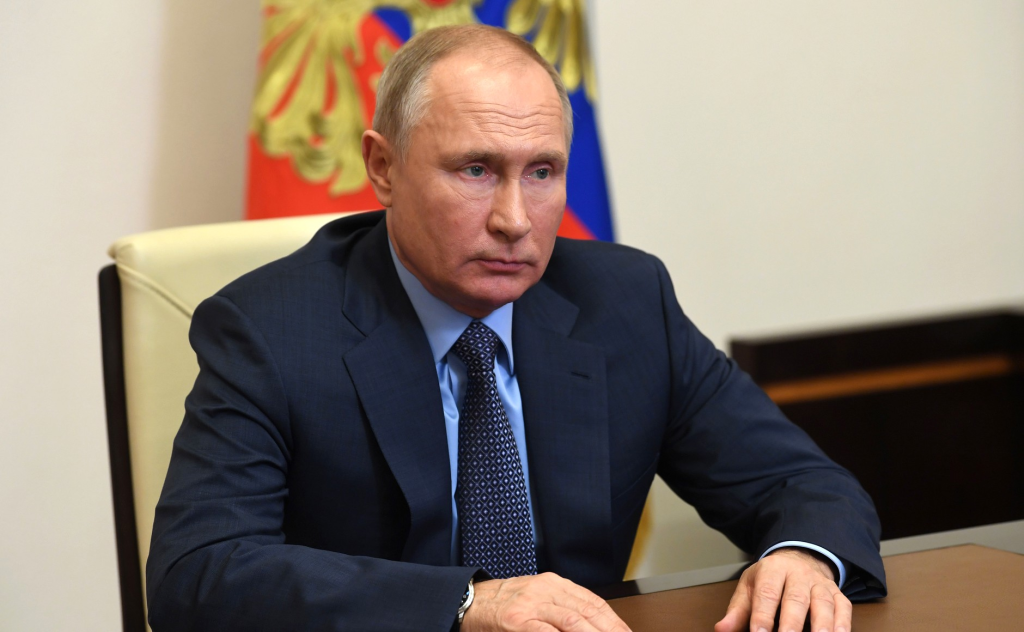
“History repeats itself, first as tragedy, second as farce,” Karl Marx once wrote. On the high-stakes chessboard that is US-Russia relations, Vladimir Putin may find his latest gambit runs the risk of being both. At first, the postponed Budapest summit between Donald Trump and Putin appeared as another diplomatic misstep critics claimed the Kremlin had outmaneuvered Washington yet again. But within days, the narrative shifted sharply.
The Trump administration has started layering economic, military, and strategic pressure on Moscow in ways that can threaten to upend Putin’s calculus: from the sanctions against Russia’s oil giants to the possible transfer of Tomahawk cruise missiles to Ukraine, measures showing a will to escalate where previous US policy hesitated. Along with Ukraine’s expanding capacity to strike deep inside Russian territory, the balance of power subtly yet unmistakably shifts.
It considers seven developments that, taken together, might compel the Kremlin to make concessions it has refused so far. Each of these is rooted in tangible actions and capabilities, not in mere diplomatic theater and each has an implication for the future course of the war in Ukraine.
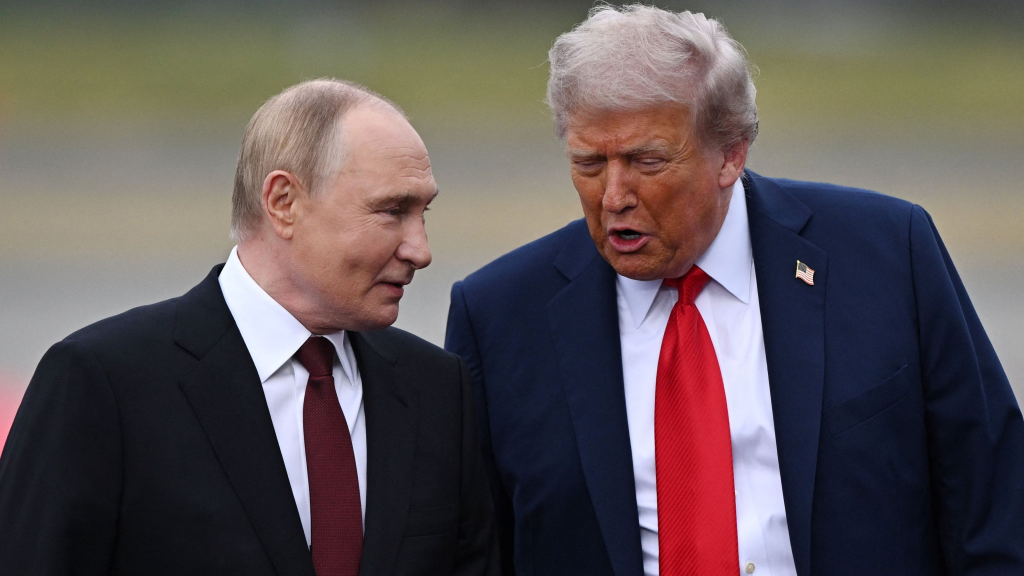
1. Delay of Budapest Summit
The shelving of the planned Trump-Putin meeting in Budapest was at first viewed as a retreat. Trump himself said he did not want a “wasted meeting” and cited Russia’s refusal to freeze hostilities along current front lines. Critics said that Washington had been strung along, allowing Moscow to buy time.
But it has proved to be otherwise: the delay freed the US to pursue harder measures unencumbered by the constraints imposed by ongoing talks. And in taking the summit off the immediate agenda, Trump was indicating that diplomatic engagement is no longer the only lever and that other tools, including military aid and sanctions, are now in play. All this is denying Putin the chance to use summit optics as cover for continued aggression.

2. Sanctions on Rosneft and Lukoil
The new Treasury sanctions would hit Rosneft and Lukoil, two of Russia’s biggest oil companies, which jointly export 3.1 million barrels per day underpinning nearly half of the country’s output. The move was framed by the treasury secretary, Scott Bessent, as a direct response to “Putin’s refusal to end this senseless war.”
By homing in on the Kremlin’s main source of revenue, Washington is targeting the financial underpinning of Russia’s war machine. This comes in coordination with similar sanctions from the UK and the EU-a transatlantic front. Moscow warns this will disrupt supplies worldwide, but the unified pressure is intended to create economic pain sharp enough to shape battlefield decisions.
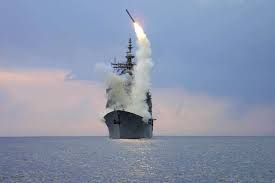
3. The Tomahawk Factor
Thus, Trump’s public musing about sending Tomahawk cruise missiles to Ukraine has altered the strategic conversation. Block V missiles have a 2,500km range, placing Moscow itself within reach. The very prospect of such transfers forces Russia to account for vulnerabilities far beyond the front, according to defense analysts.
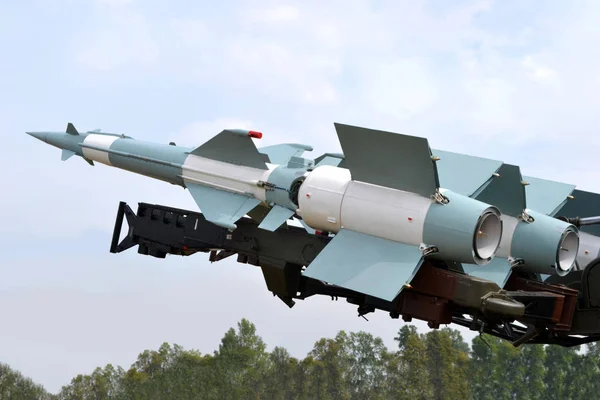
At a cost of about $2.2 million a missile and $6.2 million a launcher, Tomahawks would give Ukraine the ability to launch constant, high-value strikes at vital parts of Russia’s energy infrastructure. This, its foreign minister Sergey Lavrov warned, “would be an escalation, and a very serious one at that,” underlining the Kremlin’s sensitivity to the threat.
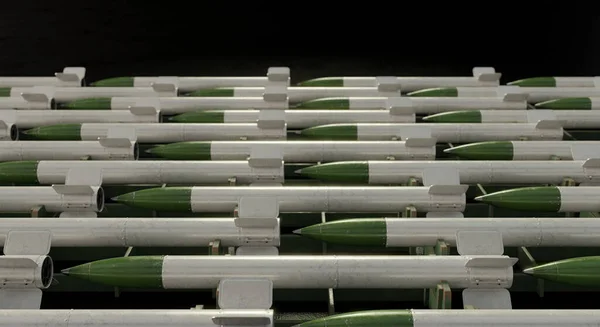
4. Ukraine Flamingo Missile Program
The Flamingo is an indigenous product from Ukraine, representing a leap in its strike capability: six tons heavy, carrying up to 550kg of explosives, and for an impressive range of 3,000km that would be enough to reach nearly any target within Russia. Production claims are as many as seven missiles a day by mid-2026, potentially matching the arsenal Ukraine gave up under the 1994 Budapest Memorandum. Other analysts say that Russian air defenses are fragmented and therefore vulnerable to such large detectable missiles. The large payload of the Flamingo also answers Kyiv’s long-standing complaint about its drones lacking “punch.” Retired Maj. Gen. Mick Ryan says it “marries the range and punch” Ukraine needs to threaten key Russian assets.
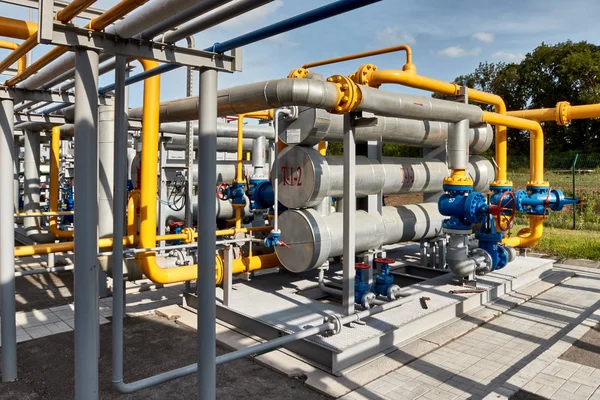
5. Precision Strikes on Russian Energy Infrastructure
Via US intelligence, since the August 2025 summit in Alaska, Ukraine has increased strikes on Russian oil and gas facilities. A strike on the gas processing plant in Orenburg and the refinery at Novokuibyshevsk, owned by Rosneft, have curtailed flows from Kazakhstan and damaged units that process millions of tons annually. Though antiquated equipment already keeps 22% of the refining capacity idle, Ukrainian operations have pushed that figure to 38%, costing Russia tens of millions daily. As industry reports show, the cumulative effect of repeated strikes is like “beating a man who cannot fully recover between blows.”
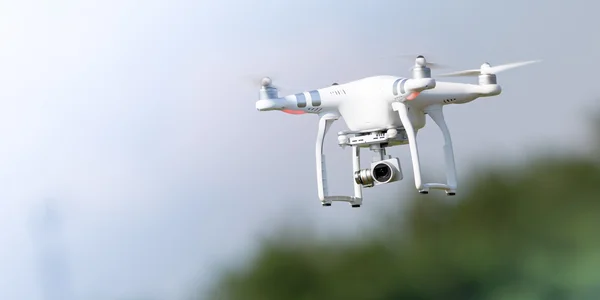
6. Cross-Border Drone Campaigns
The battlefield has been changing in Russia’s Belgorod region, with Ukraine using more of the lightweight “Darts” drones alongside heavier, longer-range systems. The number of drone incursions has quadrupled since January 2025, according to local authorities, to more than 4,000 this September. These have cut power to 77,000 households and hit key logistics centers. President Zelensky warned bluntly: “If they want to leave us without power, then we will do the same.” The campaign forces Russia to divert resources to defend its own territory, stretching air defenses and exposing vulnerabilities in infrastructure.

7. Nuclear Readiness Signaling
The full nuclear triad readiness test Putin oversaw-land-based Yars ICBM, sea-launched Sineva missile, and air-launched cruise missiles-was framed as routine. Yet timing, just after the summit collapse and amid US escalation, was deliberate. Without a New START extension, “there will be a total vacuum in the area of nuclear weapons limitations and a growing nuclear threat,” warned Deputy Foreign Minister Sergei Ryabkov. Meanwhile, the parallel NATO exercise Steadfast Noon underlined that both sides remain ready to flex nuclear capabilities in a sign of what could happen if conventional escalation is allowed to continue.
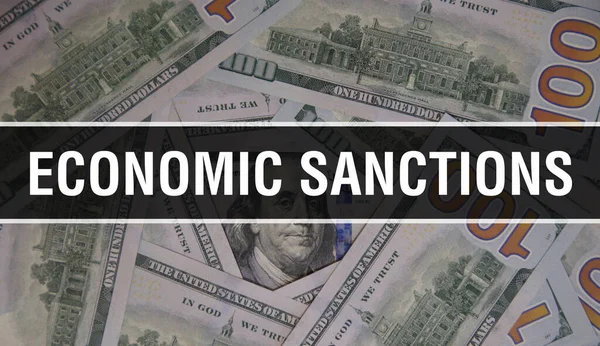
The convergence of these seven factors represents a very different paradigm from the first year or more of the conflict, when US policy frequently seemed reactive and constrained by fears of escalation. Melding economic sanctions, possible high-impact arms transfers, and support for Ukraine’s indigenous strike programs, Washington is changing the strategic equation: the cost of intransigence to Putin is rising-not just on the battlefield but across the economic and political spectrum. How that pressure drives him toward negotiation or away from it will shape the next chapter in the conflict.
